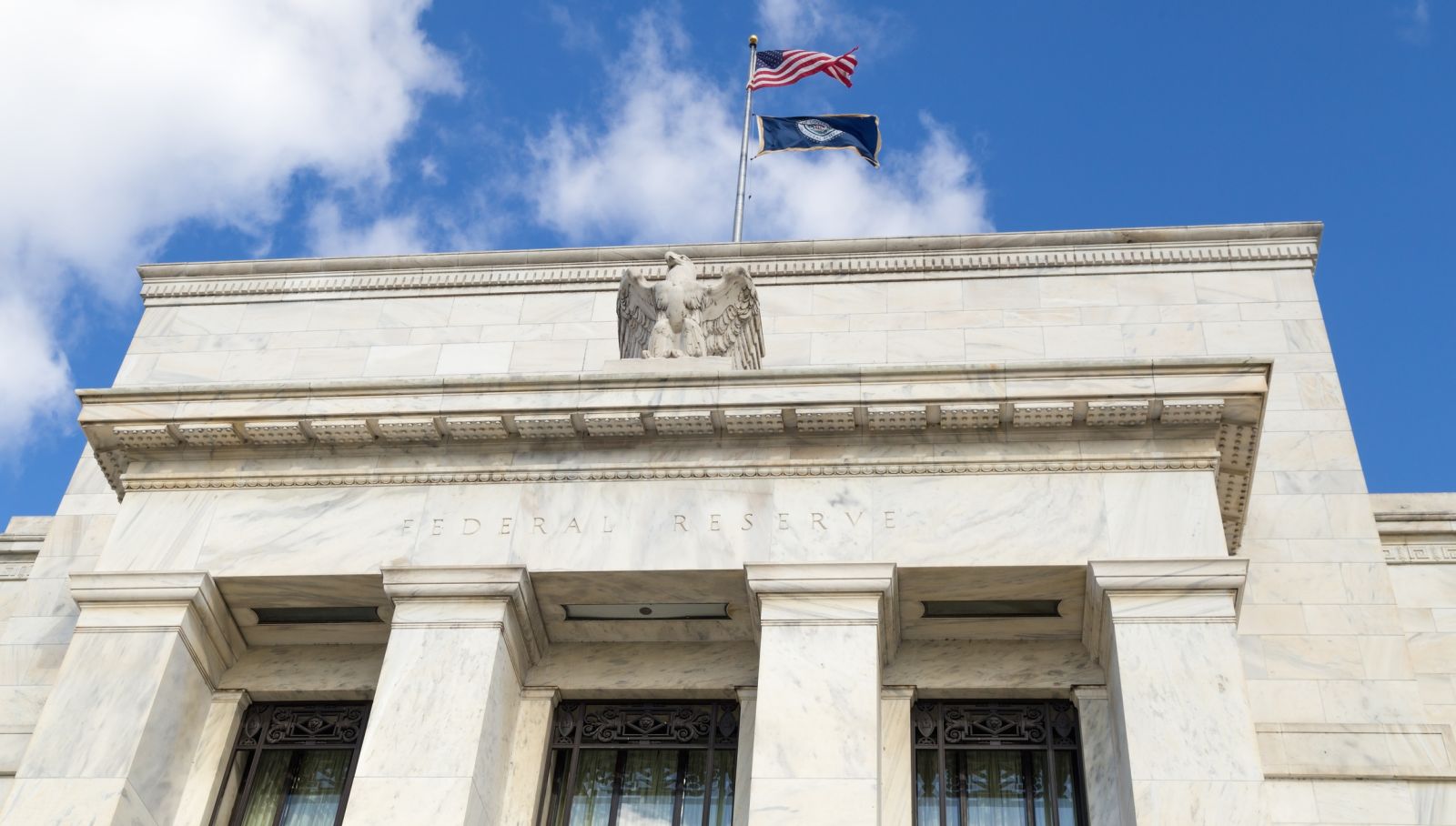
- I was recently asked about fixing the interest rate on operating notes given the differences in the market this year versus last year.
- The Fed Fund futures forward curve continues to indicate possible rate decreases starting in June 2023.
- Long-term trends on monthly charts for both US 10-year T-note and 30-year T-bond futures have turned up, also indicating lower interest rates down the road, among other things.
Here’s a riddle for you. How do you turn $44 billion into $20 billion? Buy Twitter.
Now that my opening joke is out of the way, my piece today talks about money and interest rates, in the context of a question that came in on the aforementioned social media site Twitter. I was asked: Would you comment on interest rate risk at this time for those having operating notes to renew? My friend went on to say, “Last year was a no brainer to go fixed. This year not as cut and dried.” He was right.

A year ago at this time, with fiscal Q1 nearing its end, the Fed fund futures ((ZQJ23) forward curve was showing more interest rate hikes were ahead. However, as I talked about recently in this space, that same Fed Fund futures forward curve is indicating the US could see rate decreases as early as this coming June. Additionally, the curve shows expectations for continued rate cuts through February 2025. Given this, my Blink[i] response to the question, then, would be to not fix interest rates this year, as decreases could likely be larger than the next round of a 25-basis point increase (my expectation) in early May.

But what about long-term expectations? Again going back to Twitter, I posted the latest continuous monthly chart for US 10-year T-note futures (ZNM23) as my chart of the day Tuesday morning. Going back through my Monthly Analysis, I talked about how nearby 10-year futures had completed a bullish 2-month reversal pattern, coinciding with the latest bullish crossover by monthly stochastics. From a technical point of view, the theoretical position was to buy the 10-year near that month’s close of 113-070 with a stop below the October low of 108-265. Since then the 10-year has rallied to its Wave 1 high of 116-080 during January and fell to its Wave 2 low of 109-315 this month. Note, though, the 10-year is a few days away from completing a bullish outside range indicating an extension of the long-term uptrend is likely. The next upside target is near 121-005, a price marking the 38.2% retracement level of the previous downtrend from 140-235 (March 2020) through the October 2022 low.

We see similar patterns on the continuous monthly chart for 30-year T-bonds (ZBM23), with the nearby futures contract again completing a bullish 2-month reversal pattern last November. The various waves have played out, leading to what looks to be a bullish outside range this month. Once this has been completed, the initial upside target is again the 38.2% retracement level of 146-15.
Those of you who have followed me through the years know there are a few books I frequently reference, with one of them being “Intermarket Technical Analysis” by John J. Murphy (1991 ed.). The author lays out how the various market sectors fit together and tend to move in relation to each other, with bond prices playing a key role in the economic cycle. In fact, based on the stage-by-stage list of a normal cycle, the whole thing starts with “Bonds turn up”. Additionally, to quote form the book, “Bond prices have turned in an impressive record as a leading indicator of the economy, although the lead time at peaks and troughs can be quite long” (pg. 229).
If US Treasury futures prices are in long-term uptrends, and the next stage of the normal economic cycle is “Stocks turn up” (keeping in mind I see US stock indexes having established long-term uptrends last October), then it seems the US is on a path toward an even stronger economy. Again, this means interest rates should start to decrease sooner rather than later. Things get even more interesting when we bring Stage 3 into the discussion, “Commodities turn up”, and given what we see on monthly charts for crude oil and corn such a turn may not be too far away.
But that’s a discussion for another day.
[i] When I talk about a Blink response, thought, etc., it is in reference to Malcolm Gladwell’s book “Blink”. In it Gladwell discusses how our initial thought on something tends to be correct, before we spend time talking ourselves into changing our minds.
On the date of publication, Darin Newsom did not have (either directly or indirectly) positions in any of the securities mentioned in this article. All information and data in this article is solely for informational purposes. For more information please view the Barchart Disclosure Policy here.






